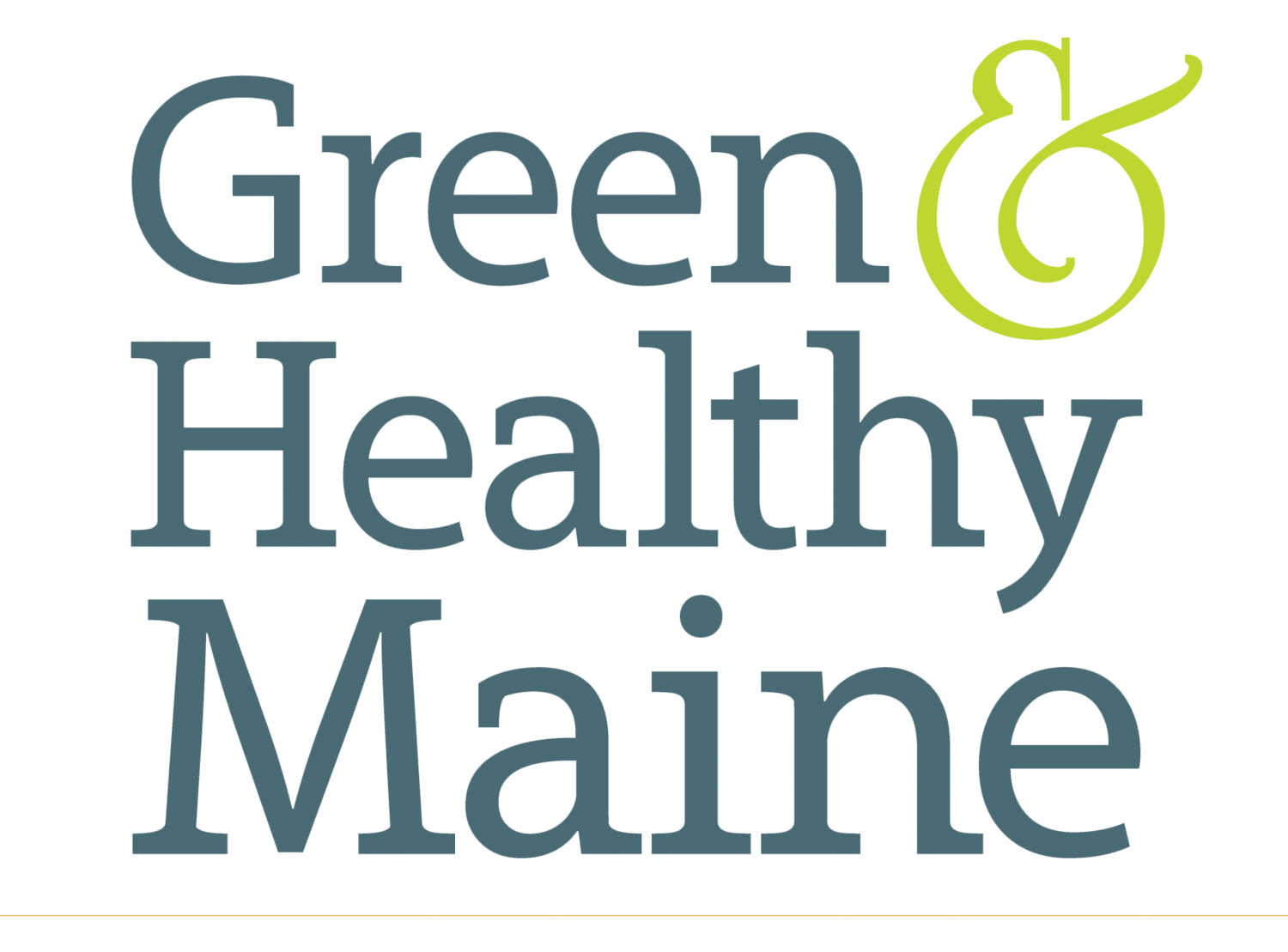12 types of massage offered in Maine
Professional Reiki healer doing reiki treatment to young woman
By Amy Paradysz
People all over the world have been using the power of touch—or massage—for thousands of years to heal injuries, relieve pain, reduce stress and promote deep relaxation. By calming the nervous system and relaxing your muscles, a massage can refresh you physically, emotionally and mentally.
The type – or types – of massage you prefer will depend on your health history and physical condition, your worldview and your temperament. Massage styles vary as to whether the recipient is passive or active, whether the touch is barely perceptible or with deep pressure, and whether the guiding principles of the techniques are based on traditional, alternative or Chinese medicine.
Here’s a short description of several massage styles and body work modalities offered in Maine.
Swedish Massage
Much of the world calls this “classic massage.” The five styles of Swedish massage strokes are sliding/gliding, kneading, rhythmic tapping, friction and vibration/shaking. Light to medium pressure helps to increase oxygen in the blood, decrease muscle toxins, improve flexibility
and ease tension.
Deep Tissue Massage
This style is similar to Swedish massage but with deeper pressure, focusing on the deepest layers of muscle, tendons and the fascia surrounding muscles, bones and joints. Deep tissue massage has been linked to a reduction in stress hormone levels and an increase of happy hormones oxytocin and serotonin.
Ashiatsu Massage
In Japanese, ashiatsu means foot pressure. The practitioner massages with their foot—the heel, sesamoid, arch or whole plantar surface. The foot can be ideal for massaging large muscles such as in the thigh.
Prenatal Massage
Massage during pregnancy can improve labor outcomes and newborn health in addition to all the usual benefits of massage, such as reducing anxiety, decreasing depression and relieving muscle aches and joint pains. Consult your physician and choose a massage therapist certified in prenatal massage.
Sports Massage
Sports massage techniques before or after a workout stimulate the flow of blood and lymph to and from the muscles to improve recovery time, reduce risk of injury and enhance performance.
Thai Yoga Massage
This modality is a therapeutic mix of soft tissue massage, assisted yoga postures and breathing/meditation. Thai yoga massage is rejuvenating and relaxing (and may be a more comfortable massage option for those who want to remain clothed). It increases blood circulation and may reduce pain.
These next modalities are often offered as part of a massage or at a massage studio but are not strictly massage and the recipient is clothed.
Acupressure
Much like acupuncture, this alternative medicine technique is based on the concept of life energy flowing through “meridians” in the body. The practitioner puts pressure on specific points to clear blockages in those meridians. Acupressure may help manage low back pain, tension headaches, nausea and vomiting.
Craniosacral Therapy
CST is a type of alternative medicine body work that involves light holding of the skull and sacrum (the triangular bone in the lower back) and barely detectable movements intended to alleviate compression in the spinal column and thus relieve stress or pain. It’s common for CST to be offered by an Osteopath, or someone trained in the use of osteopathic principles.
Myofascial Release
This technique is based on the idea that pain arises in myofascial tissues that wrap, connect and support muscles. To increase mobility and reduce pain, the practitioner uses manual pressure and stretching to loosen up any stiff myofascial tissues.
A reflexologist applies pressure to reflex points on the feet, hands and head that are believed to be connected to various organs or body systems.
Reflexology
Reflexology is based on the ancient Chinese belief in qi, or “vital energy” that flows through each of us – and can get clogged up, so to speak, due to stress. A reflexologist applies pressure to reflex points on the feet, hands and head that are believed to be connected to various organs or body systems.
Reiki
This Japanese technique for stress reduction and relaxation is based on the belief that “life force energy” flows through us – including through the hands of the reiki practitioner to the recipient, activating natural healing processes.
Trigger Point Massage Therapy
The theory here is that muscle tightness in one part of the body can cause pain somewhere else. The goal of trigger point massage therapy is to ease the pain through cycles of isolated pressure and release. The recipient breathes deeply and helps identify exactly where discomfort originates.
Check with your doctor and look into the benefits and risks of these various modalities. Whatever sort of massage you choose, even if it doesn’t do everything you hoped it might, involves touch. And there’s healing power in supportive nonsexual human touch to lower blood pressure, decrease stress hormones and increase the flow of oxytocin.






